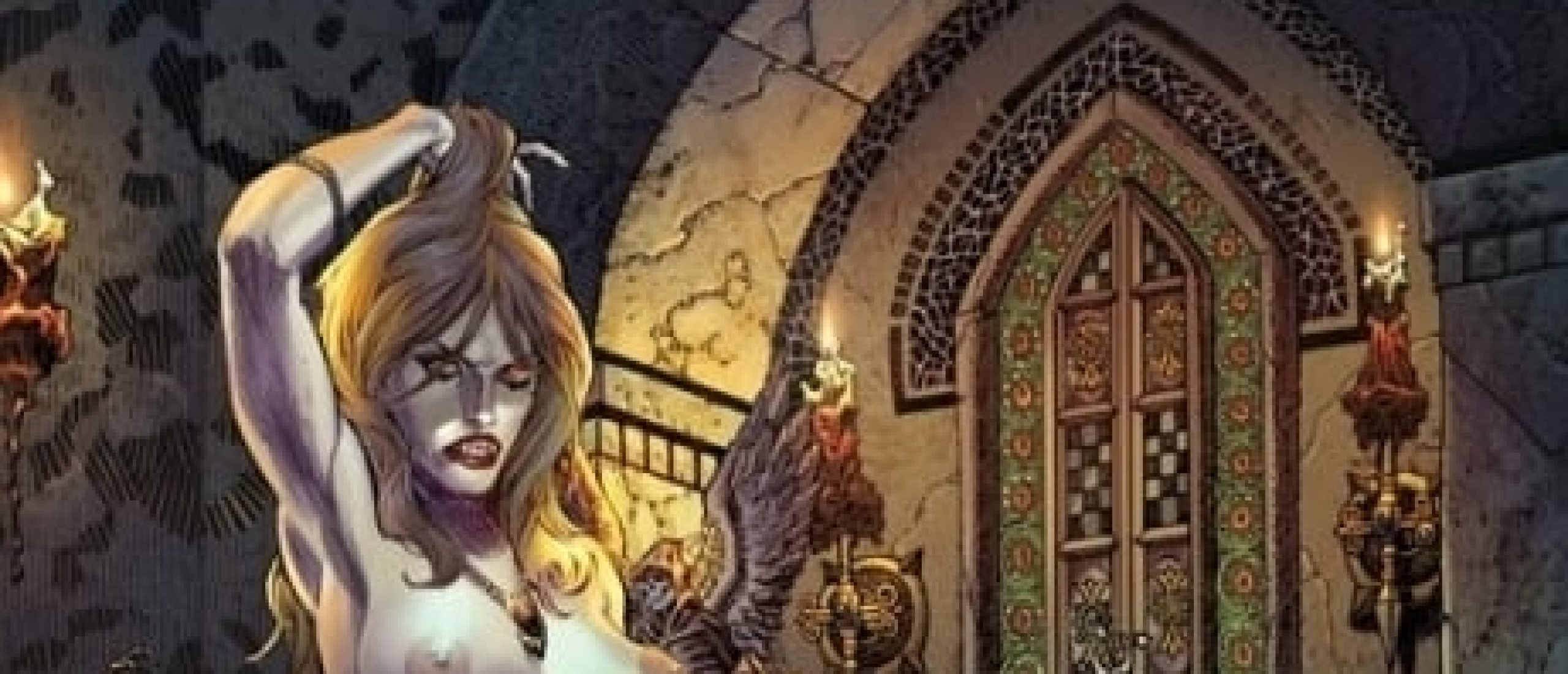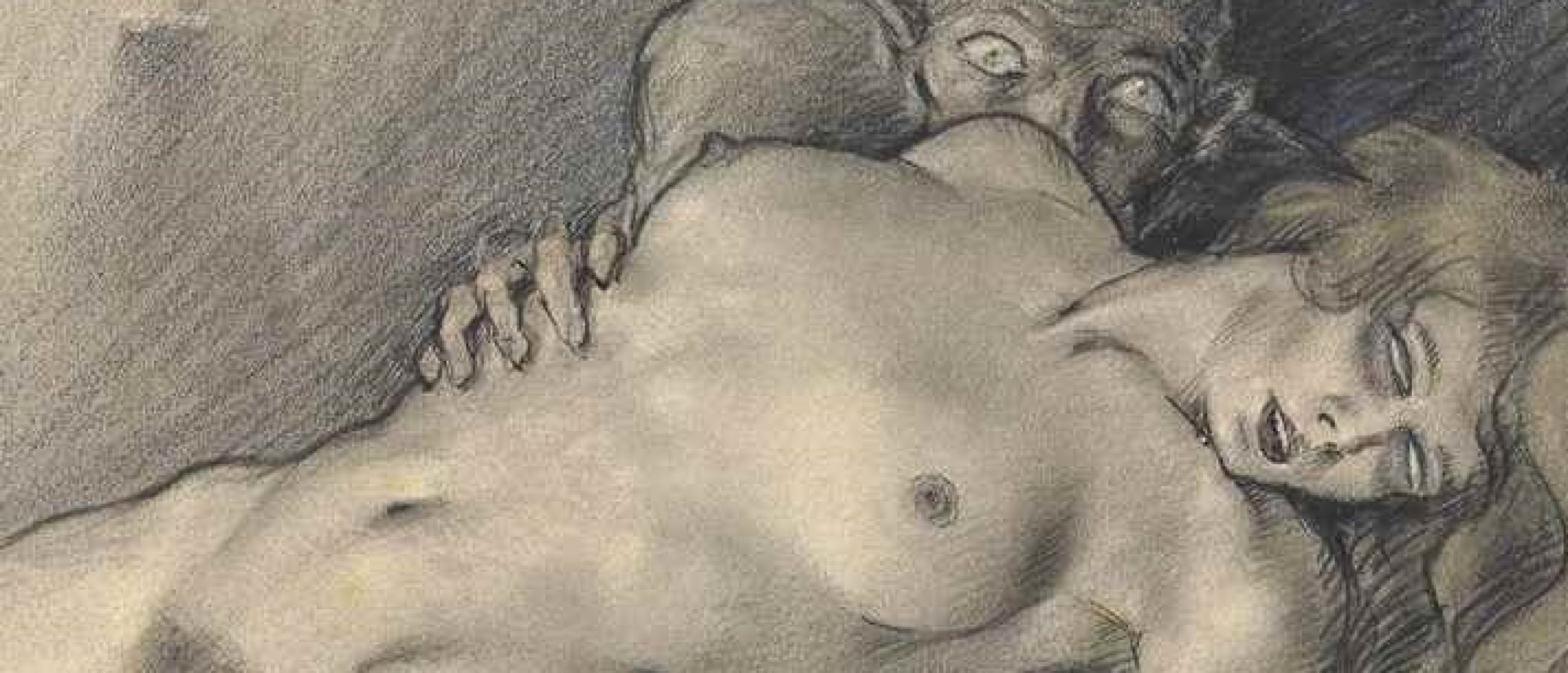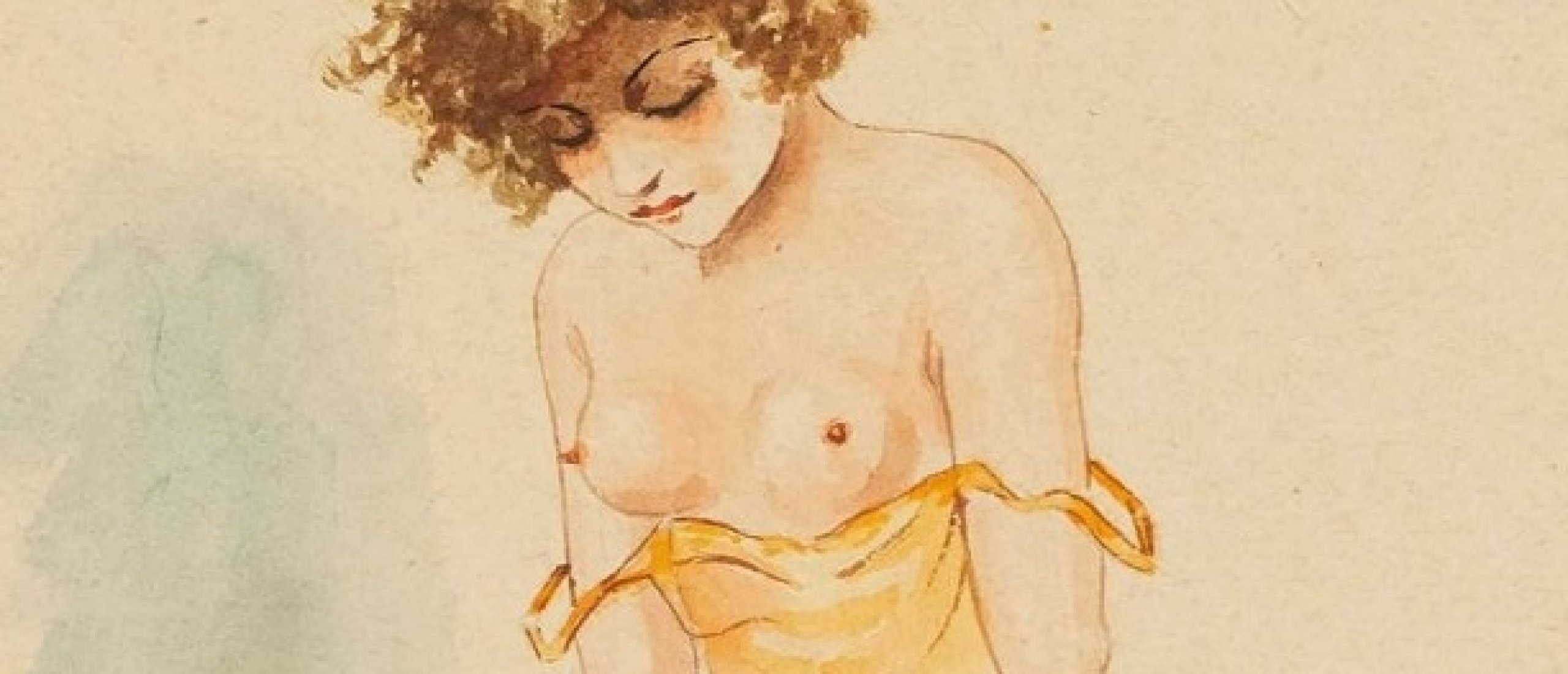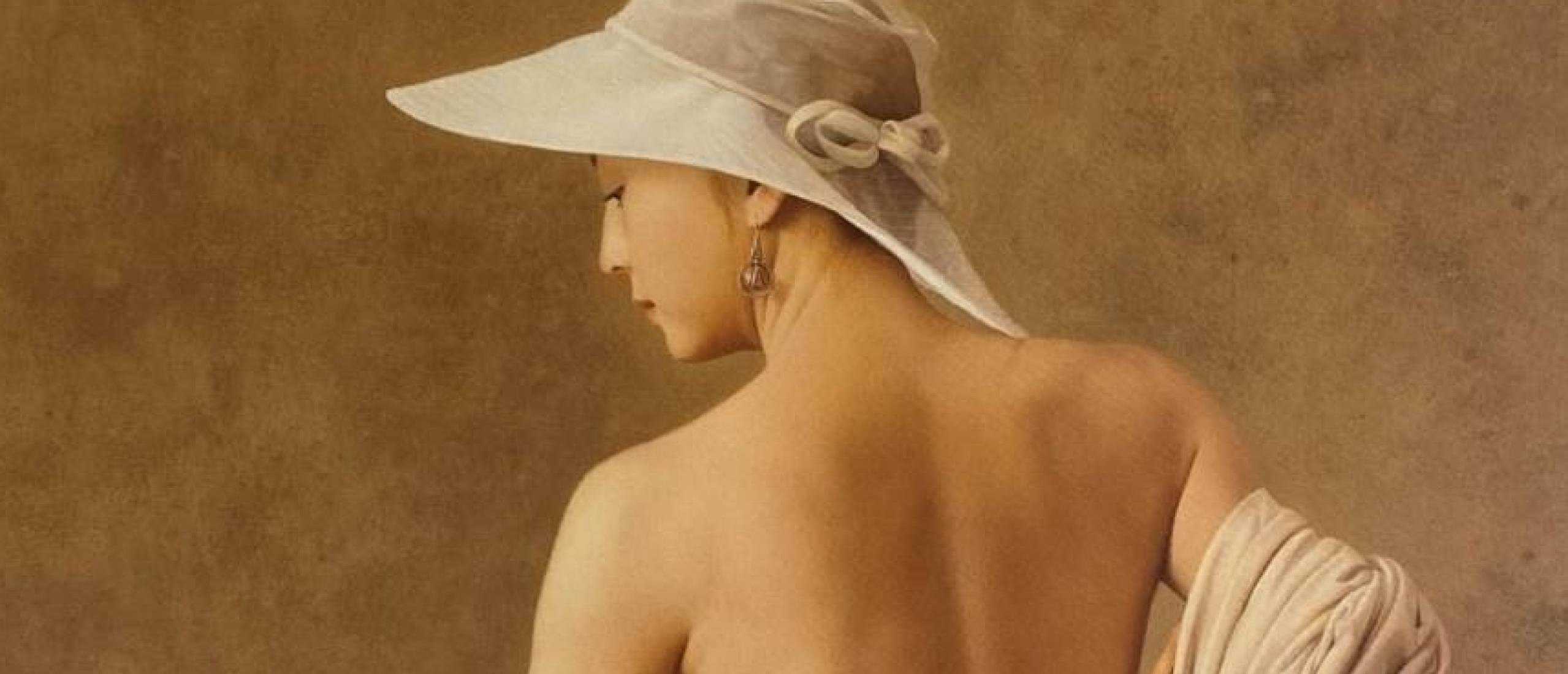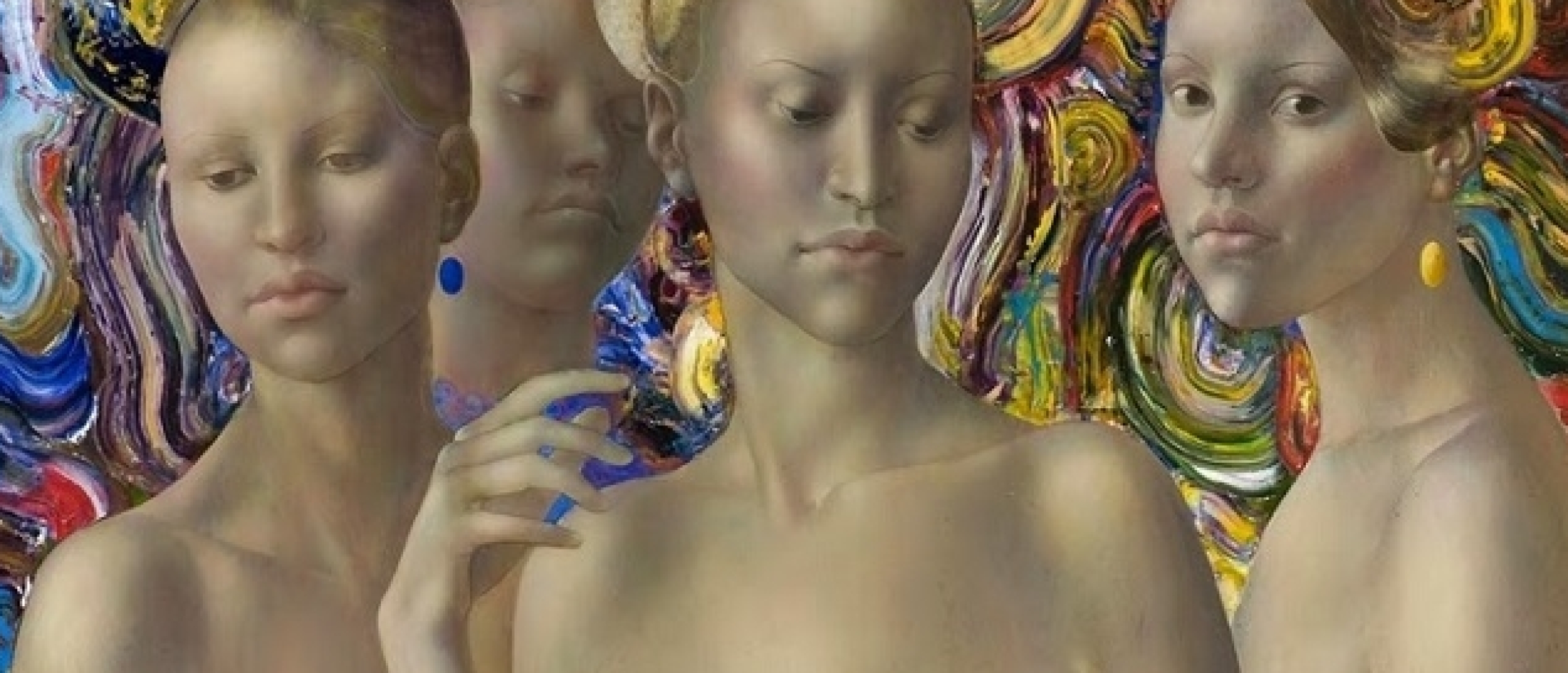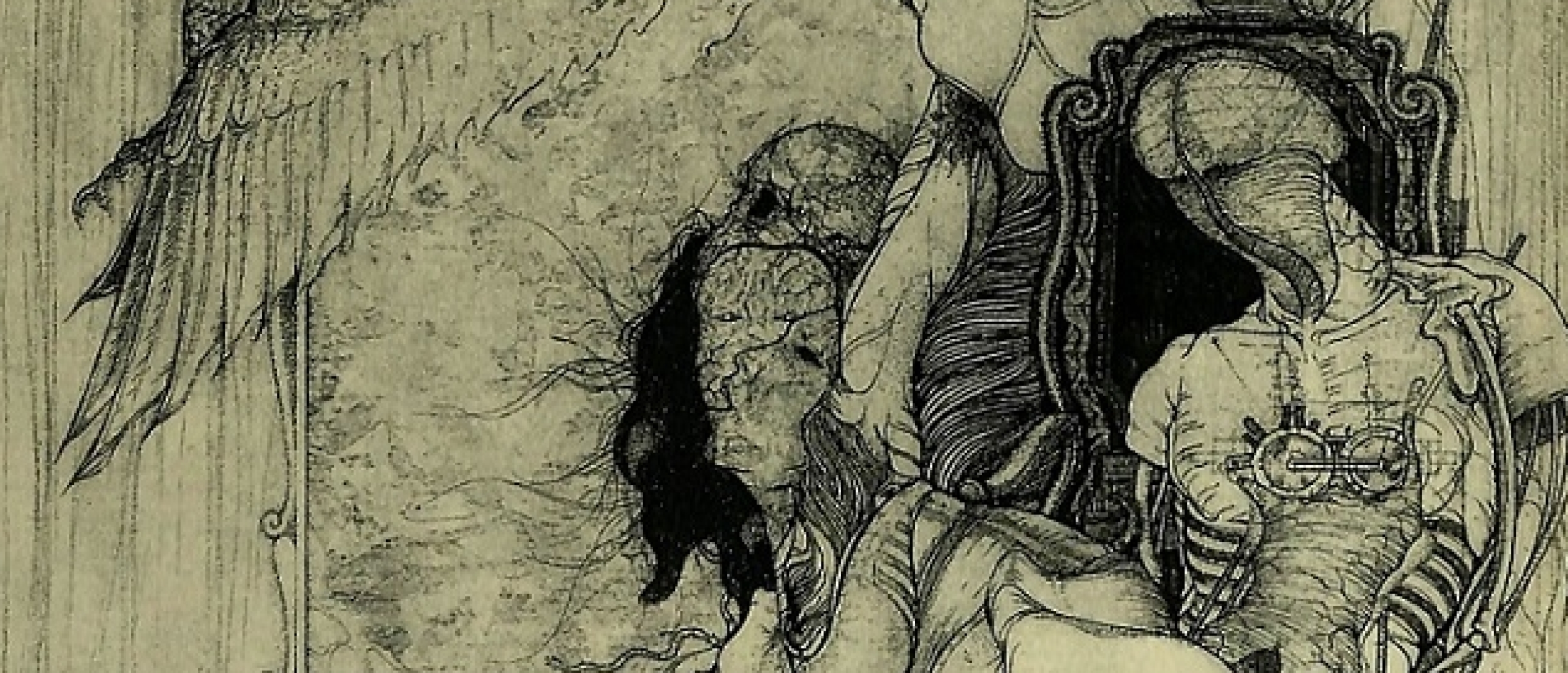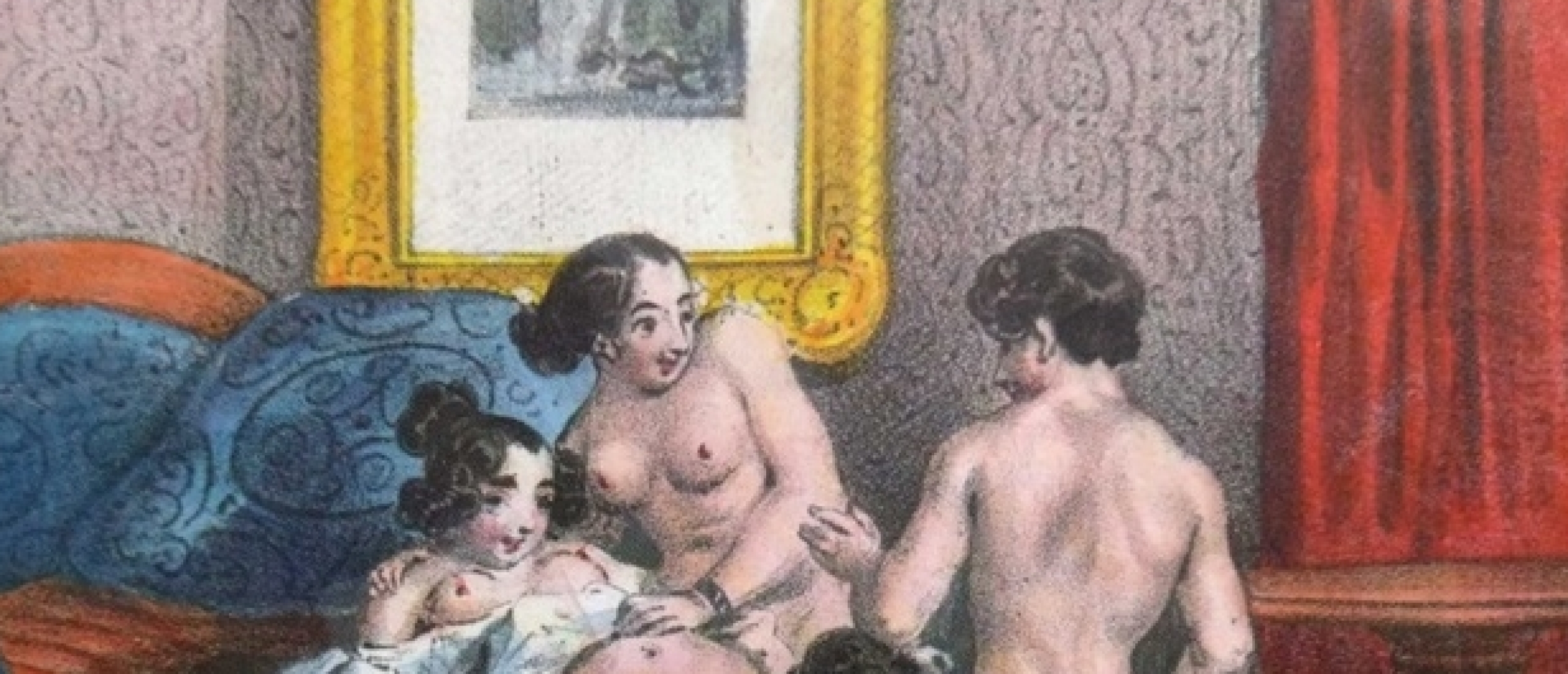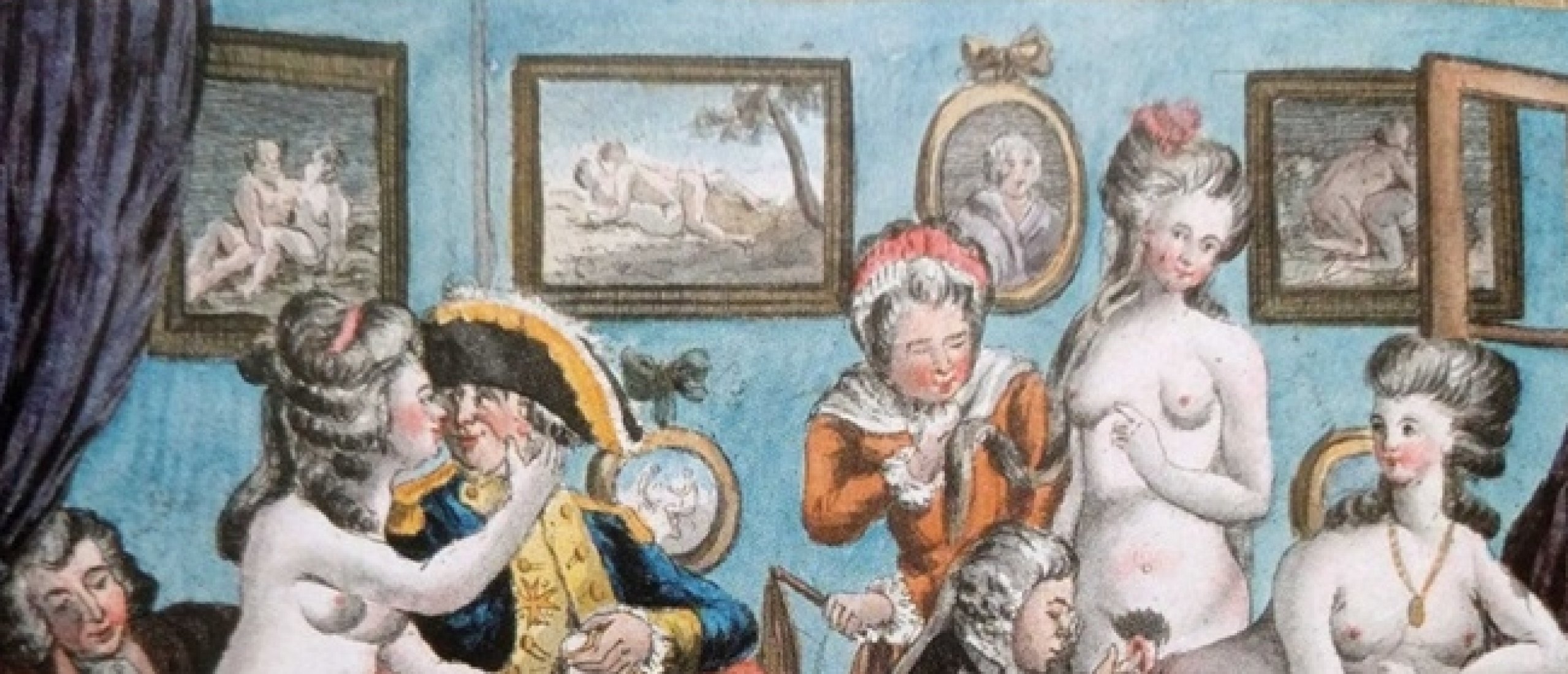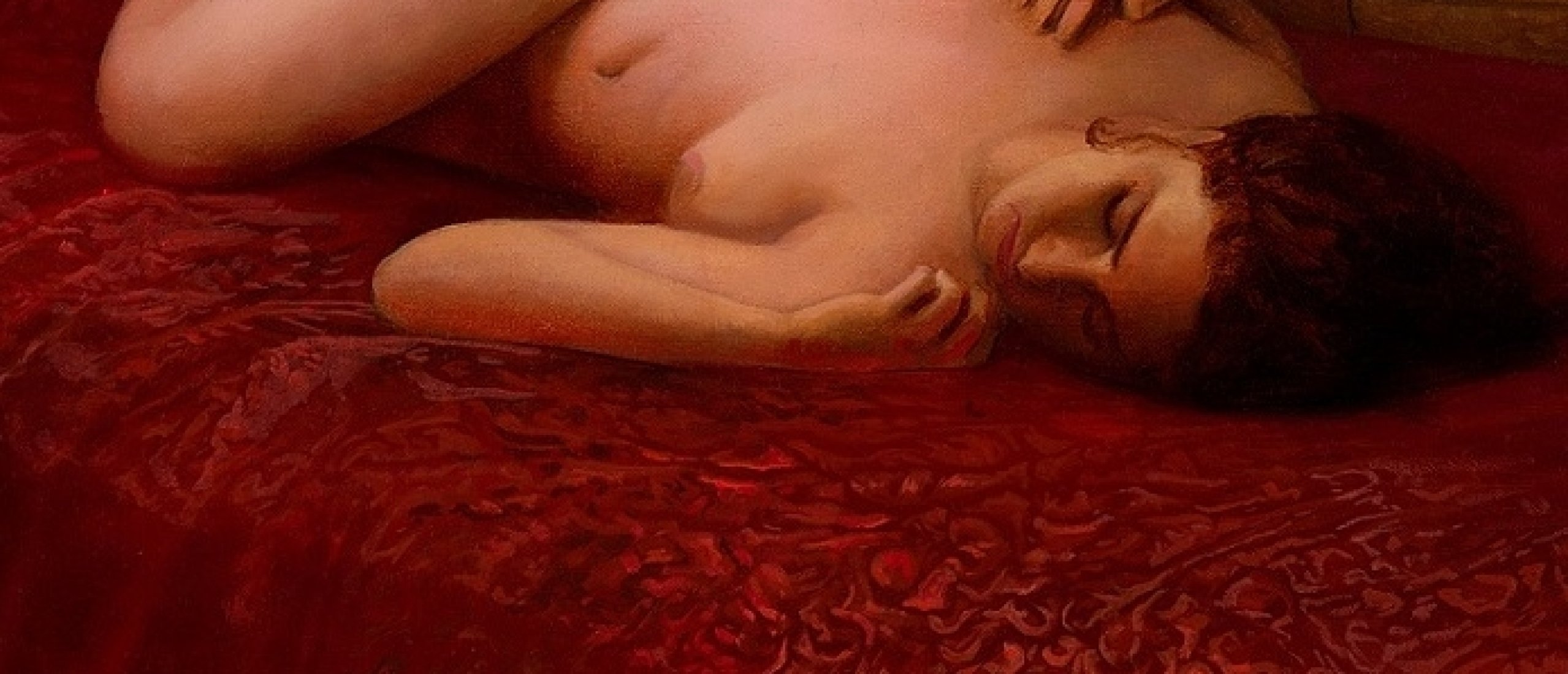
"Let us live, my Lesbia, and love!" Ancient Beauties In The Paintings Of Bruce Erikson
The works of American painter Bruce Erikson are devoted to the gorgeous women of Ancient Greece and Rome, thus resembling academist paintings of the 19th century. Erikson is an associate professor at Xavier University and an amateur musician working under the name of Geronimo Rhombus. The characters of his paintings are ancient princesses, poetesses, and mistresses of poets who read their love letters in the picturesque Pompeian setting.
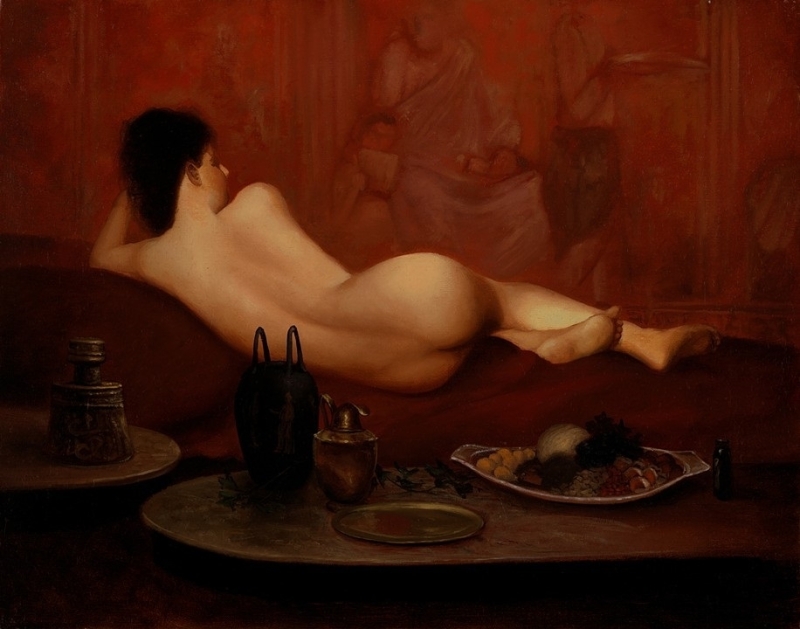
Fig. 1. Pompeian Odalisque, 2011 (bruceerikson.com)
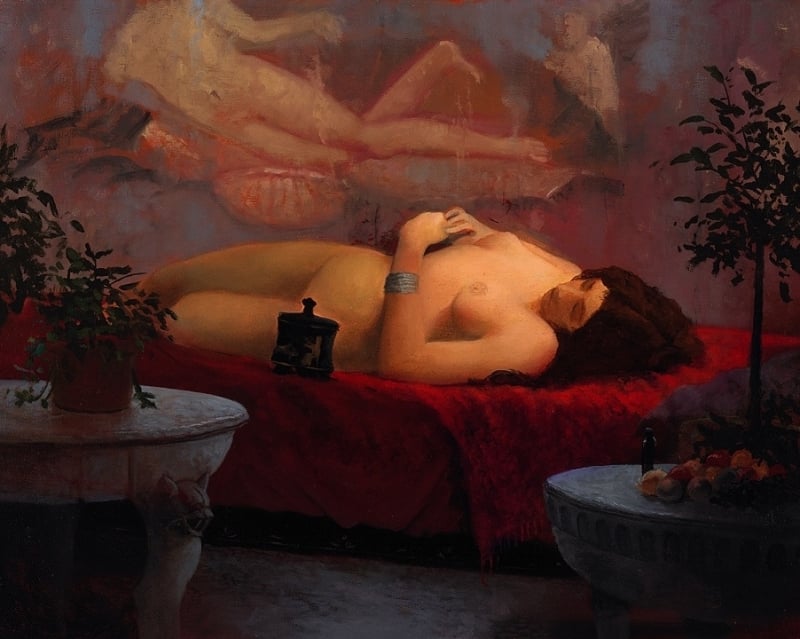
Fig. 2. Pompeian Woman With Pyxis, 2011 (bruceerikson.com) 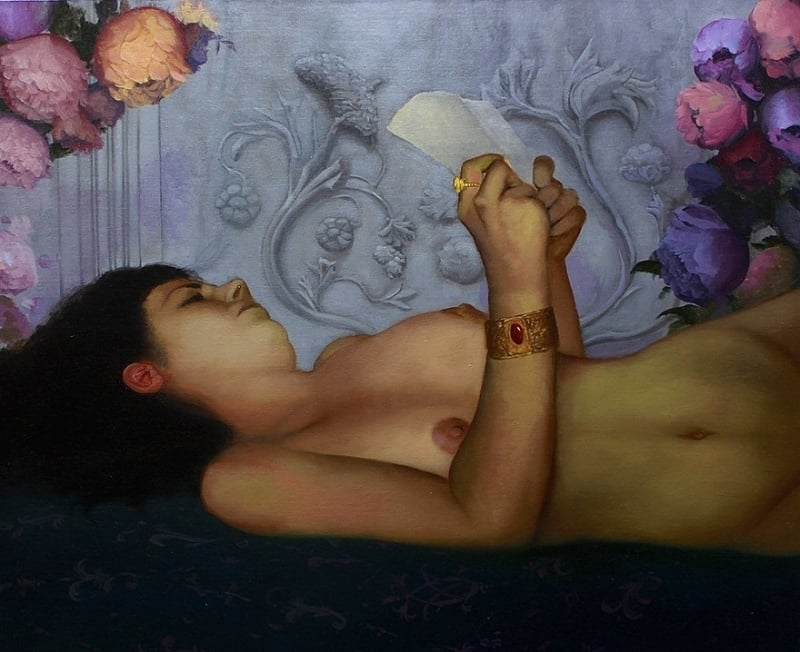
Fig. 3. Praxilla Reading By Moonlight, 2014 (bruceerikson.com)
Studying Worker And Working Student
We haven't found any info on Bruce Erikson's origin and family, but according to the entry on the site of Xavier University, his early years weren't connected with fine arts. Before enrolling in college at 23, Erikson worked as a pruner and grafter, a driver, and a straightener setup mechanic in a steel mill. In 1996, he graduated from Edinboro University of Pennsylvania with a BFA in Drawing. During that period, the artist also studied at the Illustration Academy in Kansas City and contributed to Cleveland Magazine, Andrews McMeel Publishing, and others.
After a gap year when he worked in a hospital, Erikson entered Indiana University to attain an MFA degree in Painting. While studying, he received a fellowship that allowed him to study in Italy. Graduated, Erikson started his career as a fine arts teacher. Besides Xavier University, he worked at Kendall College of Art and Design, Grand Rapids, MI; the University of Illinois at Urbana-Champaign, IL; and Washington University in St. Louis, MO. He has had many solo exhibitions and won several prizes. His paintings are held in private collections. Some of these works can be seen on his website bruceerikson.com.
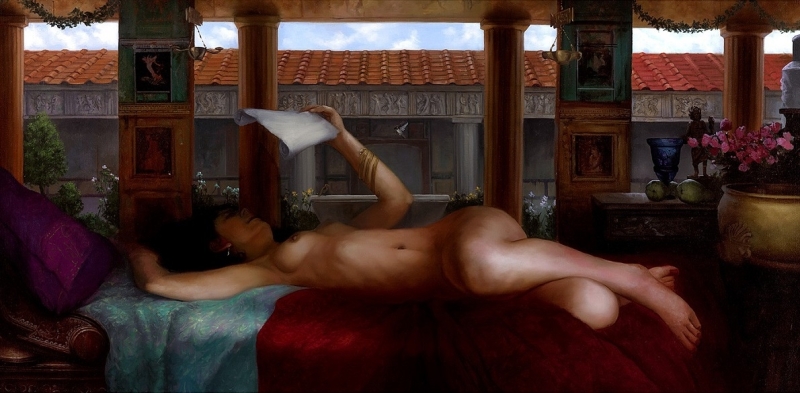
Fig. 4. Clodia Reading Catullus №5, 2016 (bruceerikson.com)
Clodia And Catullus
Since there's a line from Catullus in the title of this article, let's start with Erikson's painting Clodia Reading Catullus №5 (2016). Gaius Valerius Catullus was a Latin poet of the late Roman Republic, who influenced his contemporaries, Ovid and Virgil. Catullus's poems, many of which he addressed to a woman named Lesbia, are known for the explicit sexual imagery. Mythical Lesbia is believed to have been the Roman aristocrat Clodia Metelli. The most famous poem of Catullus, entitled Catullus 5, is a passionate ode to his beloved. The following text is being read by the woman in the painting of Bruce Erikson:
Catullus 5
Let us live, my Lesbia, and love,
and the rumors of rather stern old men
let us value all at just one penny!
Suns may set and rise again;
for us, when once the brief light has set,
an eternal night must be slept.
Give me a thousand kisses, then a hundred,
then another thousand, then a second hundred,
then yet another thousand, then a hundred;
then, when we have performed many thousands,
we shall shake them into confusion, in order for us to lose the count,
and in order not to let any evil person envy us,
as no one will be aware of how many kisses have there been (wikipedia.org)
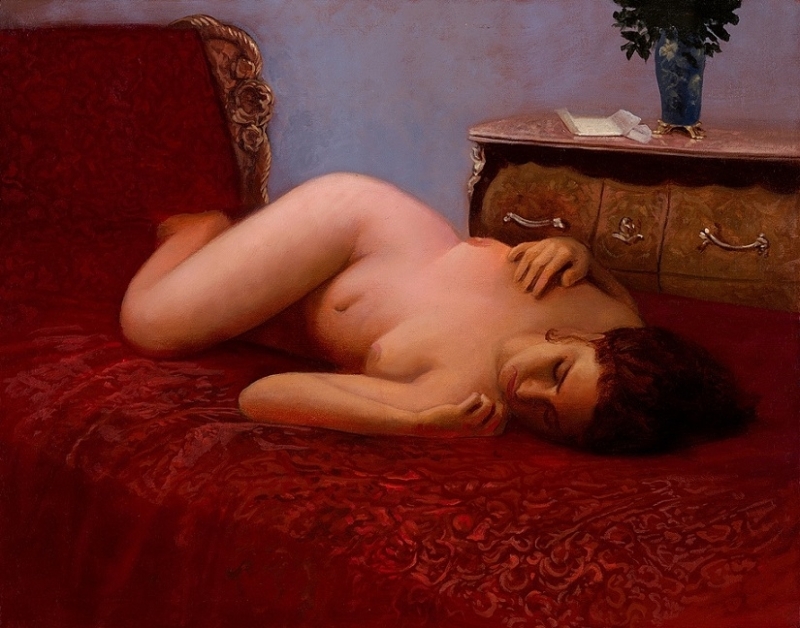
Fig. 5. The Letter, 2011 (bruceerikson.com)
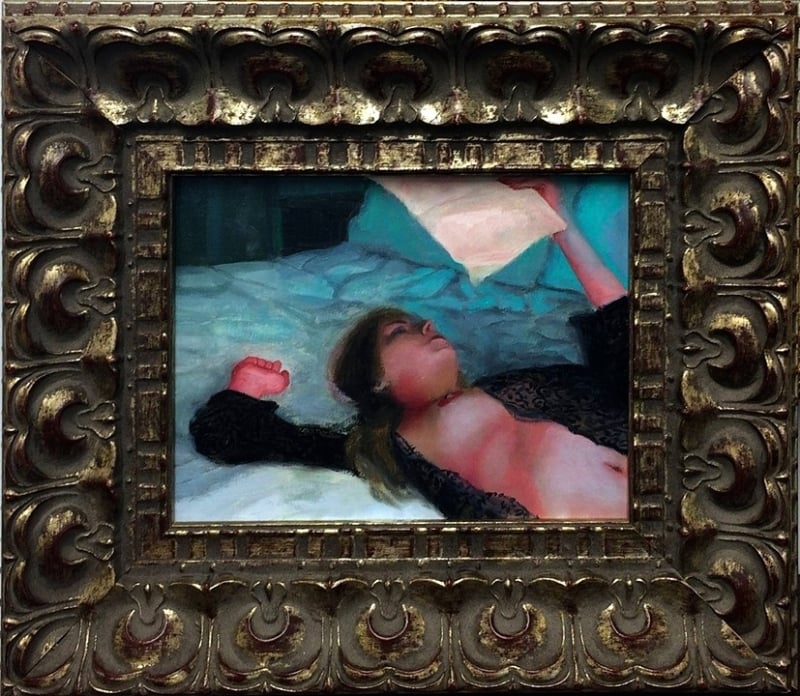
Fig. 6. Cet après-midi, 2014 (bruceerikson.com)
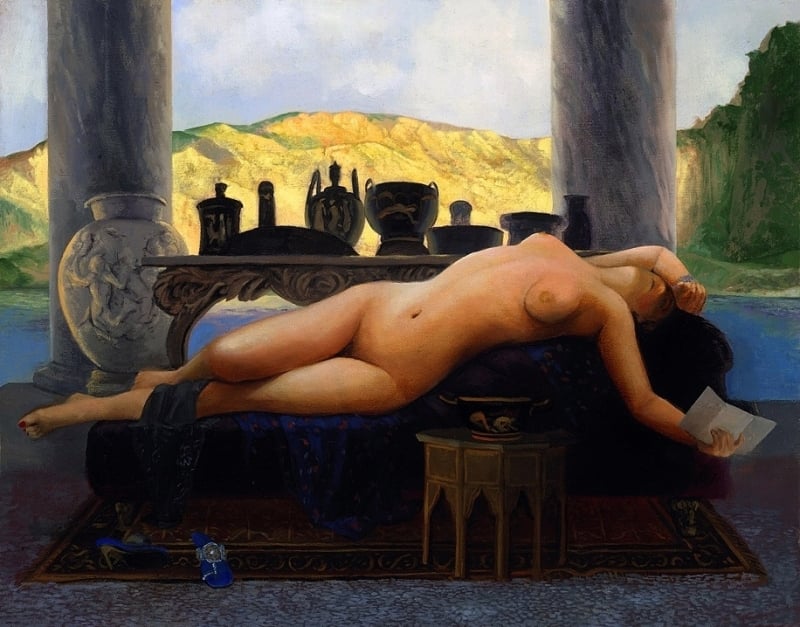 Fig. 7. L’extase, 2014 (bruceerikson.com)
Fig. 7. L’extase, 2014 (bruceerikson.com)
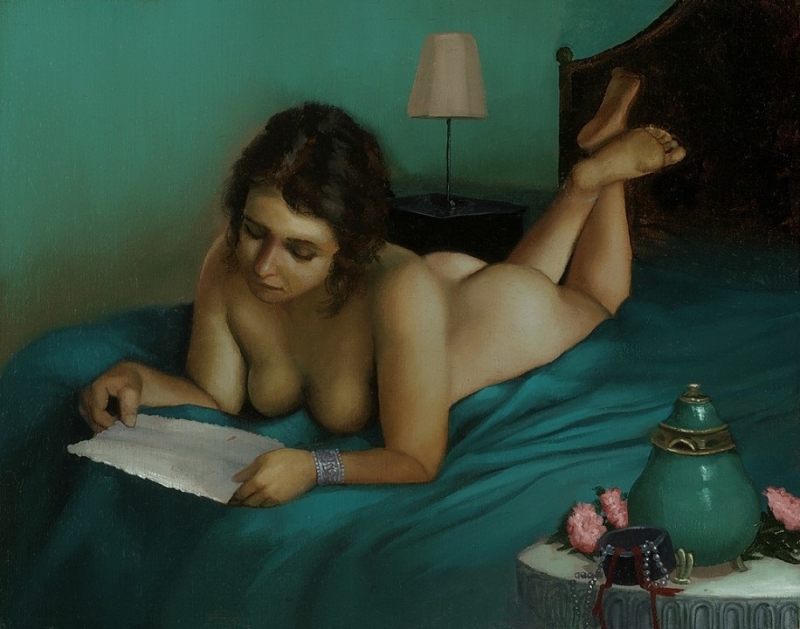
Fig. 8. La Note d'amour Française, 2013 (bruceerikson.com)
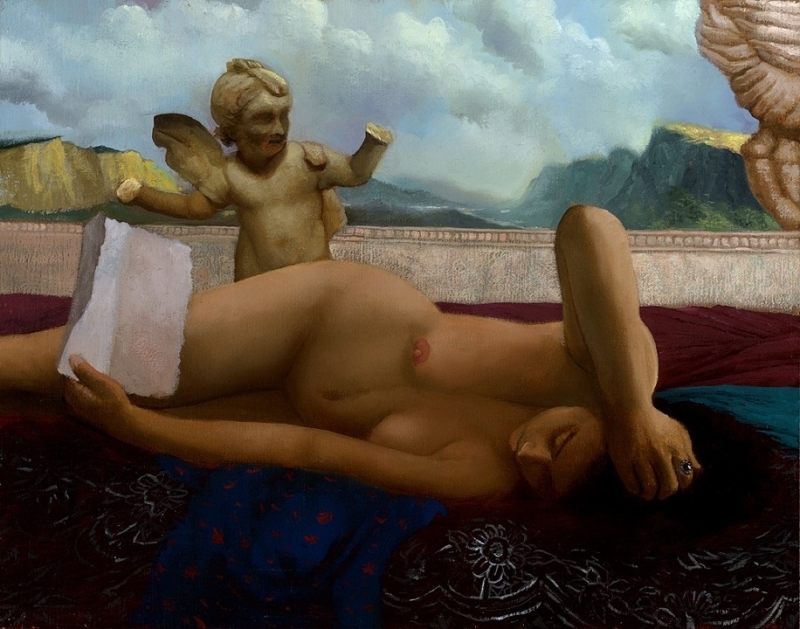
Fig. 9. La livraison de Cupidon, 2013 (bruceerikson.com)
Love Letters
The motif of the woman reading a love letter recurs in Erikson's works of different years. While L'extase (2012) and La Note d'amour Française (2013) depict ancient and modern females who receive love letters, La livraison de Cupidon (The Liberation Of Cupid, 2013), apparently, shows us the final of the love story. The way the artist depicts ancient vases and vessels makes these objects look almost like legitimate characters of the paintings. The modern appearance of the females (even if they are completely naked) catches the viewer's attention by its' contrast to the antiquarian setting.
The exclusive Premium edition of this article is more than twice as long and features, among other things, more detailed descriptions of mesmerizing paintings like Rapture (2013), Sulpicia Reading Her Poem (2017), Orphic Dreams: Falling Asleep to the Music of Neruda's Words (2020), the revealing contents of the love letters and poems the women are reading and much more...
Click HERE for the Asian luxuriance in the photorealistic paintings of Douglas Hofmann
Sources: bruceerikson.com; xavier.edu; Wikipedia.org; bookriot.com
Let us know your thoughts on Erikson's passionate odes to the female nudes of ancient Greece and Rome in the comment box below...!!

